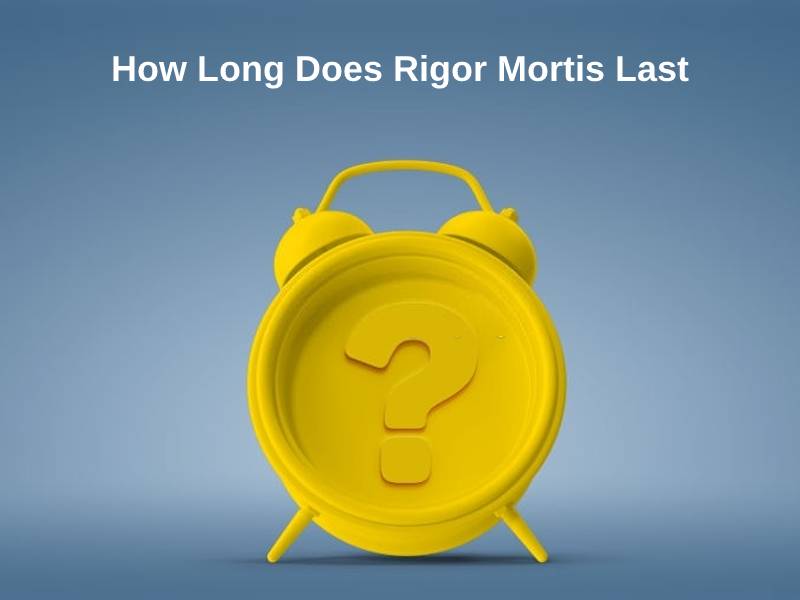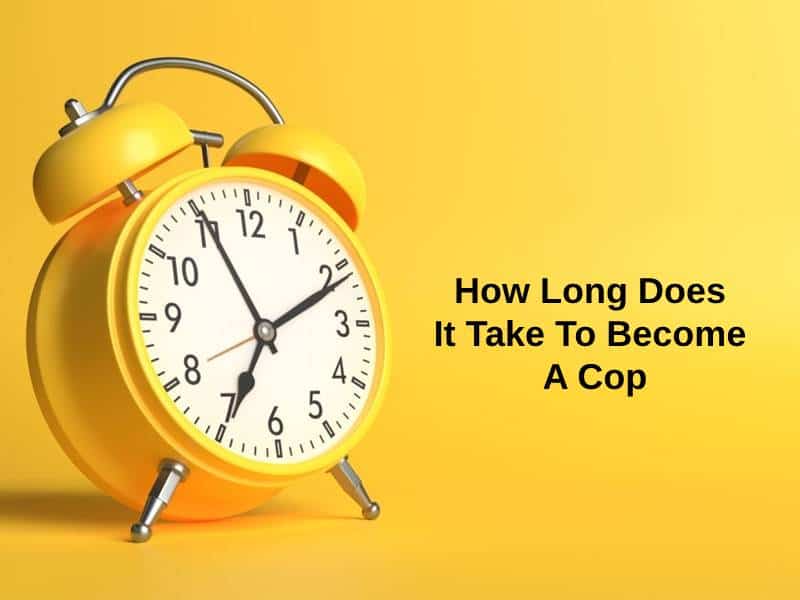Exact Answer: 72 hours
When a person or animal dies, the body gets locked and becomes rigid after a few hours. The stiffness is known as rigor mortis. Rigor mortis is a chemical change that happens in the body after death. “Rigor” means stiffness, and “Mortis” means death. It is the third stage of death, and it is a temporary condition. Muscles and joints become stiff, and blood clots.
The cause of body stiffness is the loss of adenosine triphosphate (ATP) in the body’s muscles. A person’s age, sex, physical condition, temperature, and other factors are the reasons that affect rigor mortis. In that movement, it is difficult to move the body. If someone is holding a book when they die, it will be difficult for someone to remove it from their hands because the body is stiff.

How Long Does Rigor Mortis Last?
Rigor mortis begins 3 to 4 hours after death, then reaches its peak in about 12 hours, and then lasts for about 24 to 48 hours. At the hour of death, there will be primary flaccidity. First, it appears in involuntary muscles, and then it starts in the eyelids, lower jaw, and neck. It raises upwards to the muscles of the face and down to muscles of the chest, upper and lower limbs, abdomen, and lastly in fingers and toes. In the case of limbs, they expand from below. Rigor mortis disappears in the same order in which it appears. Both the appearance and disappearance of rigor mortis are gradual.
| 4 postmortem stages of death | lasts for |
| Pallor Mortis | 15 to 30 minutes |
| Algor Mortis | 18 to 20 hours |
| Rigor Mortis | 24 to 48 hours |
| Liver Mortis | 6 to 8 hours |
The mechanism of rigor mortis after death shows that adenosine triphosphate (ATP) gets destroyed gradually, which causes an increase in the collection of lactates and phosphates in muscles. Loss of ATP causes an increase in calcium levels in sarcomeres, and muscle contraction occurs. When adenosine triphosphate gets lower than 85 percent, overlapping portions of myosin and actin filaments combine as rigid links, leading to rigor mortis.
In rigor mortis, there will be an increase in lactic acid and a decrease in hydrogen ion concentration. When the lactic acid concentration reaches 0.3 percent, the muscles go into an irreversible state of contraction. The stiffness continues until the muscle protein decays.
Why Long Does Rigor Mortis Last?
Rigor mortis lasts that long because of the decrease in adenosine triphosphate (ATP) in the muscle, and the muscle stops contracting. After death, the body begins to decompose on its own. The body’s cells begin to decompose because there is no longer a supply of food and oxygen to survive. Autolysis has occurred, and the stiffness is gone. Then, the muscle softens and continues to break down.
There are four stages of rigor mortis. Autolysis is the first stage of self-digestion. Then, the body removes the waste and the body produces enzymes that eat the cells. This leads to an acidic environment in the body because the cells will rupture. Bloating takes place after that. The enzymes on the membrane will generate a lot of gas. As the bacteria secrete a sulfur-containing mixture, the skin becomes pale.
Foul smells get discharged by the bacteria in the process called putrefaction. An active delay occurs after the body part dissolves in the fine tissues. The bones, hair, and cartilage are still in a rotten state. And finally, skeletonization takes place, which depends on the loss of organic and inorganic compounds.
There are different applications of rigor mortis in the field of body stiffness, namely in the meat industry, which help to give signs of death, time of death, and position of the body at the time of death.
Conclusion
Rigor mortis is a sign of death due to stiffness. At room temperature, rigor mortis starts 4 to 6 hours after death and lasts for 24 to 48 hours. It is a temporary condition that will not last forever or for a longer period. The main cause of rigor mortis is the loss of adenosine triphosphate in the body. When the person’s body dies, the body is shifted to a mortuary, and then the body is taken to the funeral home. The funeral home prepares it to be viewed by friends and family or makes it ready for cremation.




















